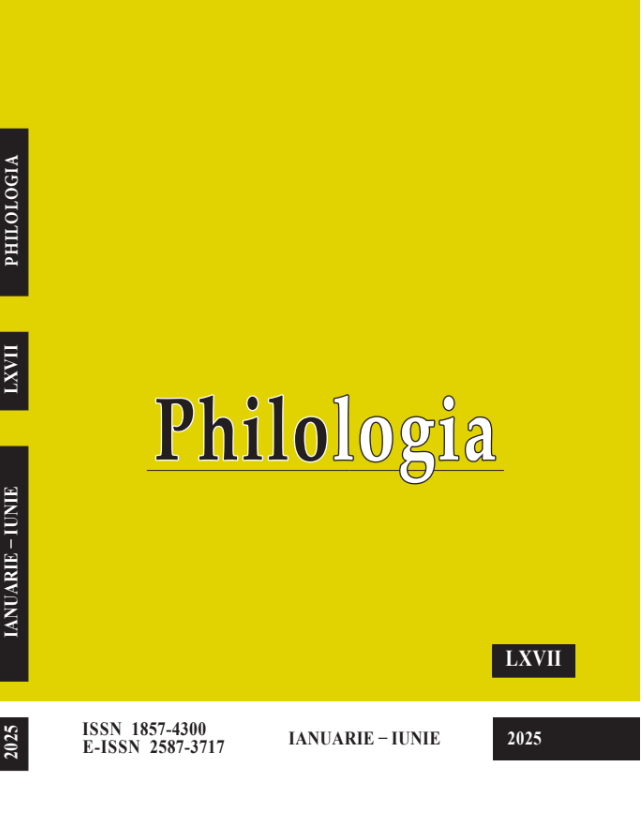Abstract
The article examines some philological aspects of the text contained in the manuscript entitled The Life of the Reverend Fathers Barlaam and Joseph of India. We are considering the compressed version of the well-known hagiographic novel Barlaam and Ioasaf, which circulated, especially in the ecclesiastical environment, for the honoring, in the service of November 19, of the Holy Martyrs Barlaam and Ioasaf. The manuscript belonged to the Vărzărești Monastery in Lăpușna county, after which it ended up, in 1926, in the collections of the former Historical Monuments Commission (Bessarabia Section), a fact that emerges from the information accompanying the manuscript. The manuscript does not contain data about the person who copied the text, nor the source from which the text was transcribed, nor the year when the text was copied. A possible dating, the 18th century, contains the sheet accompanying the manuscript, made by Leon Boga, who is rightfully the author of the manuscript’s identification, but no supporting arguments are presented in this regard. Currently, the manuscript is kept at the National Museum of Romanian Literature in Chisinau under the quota ms. rom. 1487.

